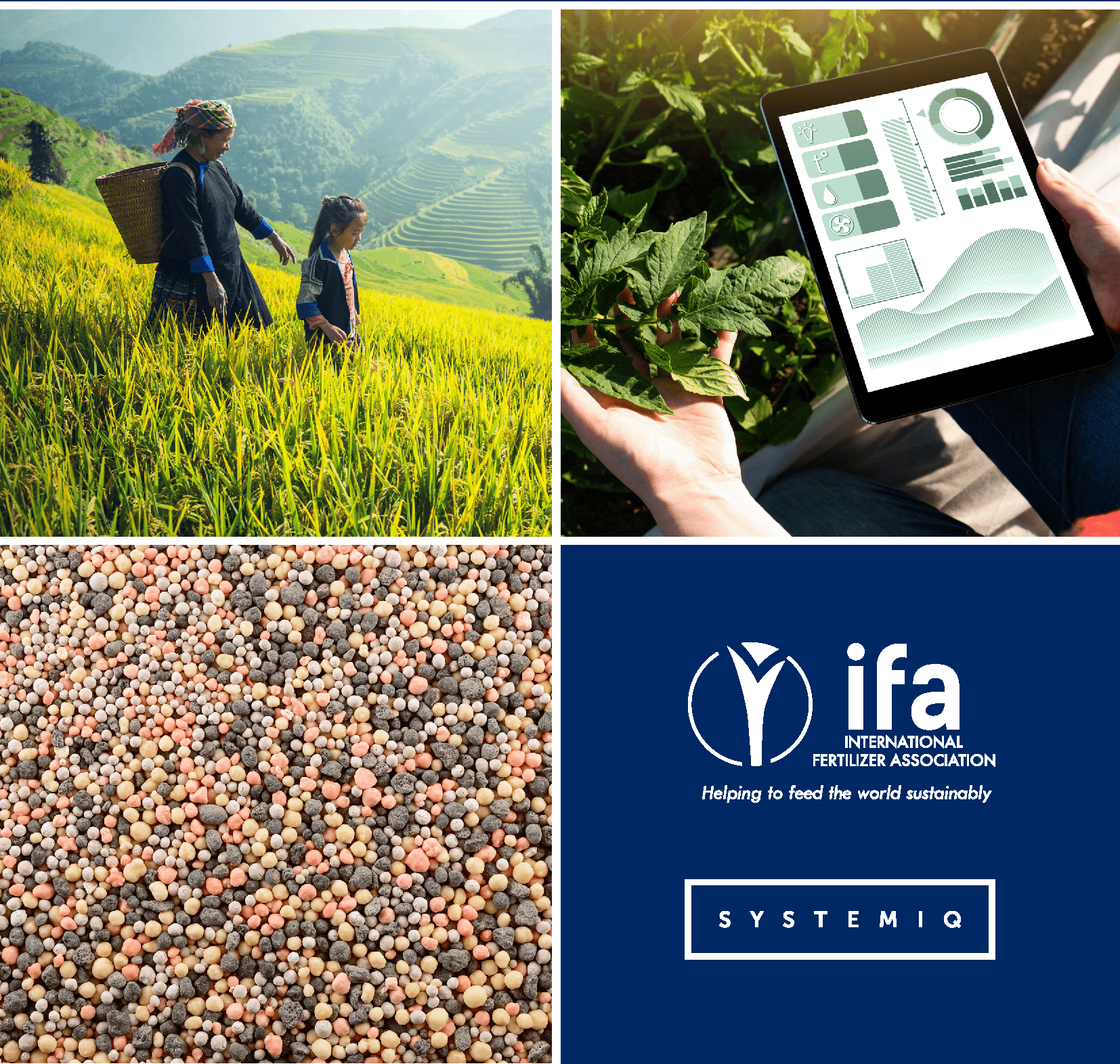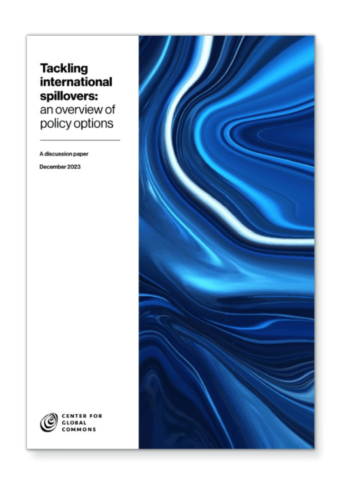Mineral fertilizers are a critical input to the global food supply chain. At the same time, mineral nitrogen fertilizer use is associated with annual greenhouse gas emissions of around 0.7 billion tonnes of carbon dioxide equivalent (Gt CO2e), alongside other forms of nitrogen pollution.
However, greenhouse gas emissions from mineral nitrogen fertilizer use can be reduced by 70 percent by 2050. Many of the measures to reduce emissions from fertilizer use are known, well understood and affordable. And many can also improve farmers’ resilience, reducing exposure to volatile input markets.




